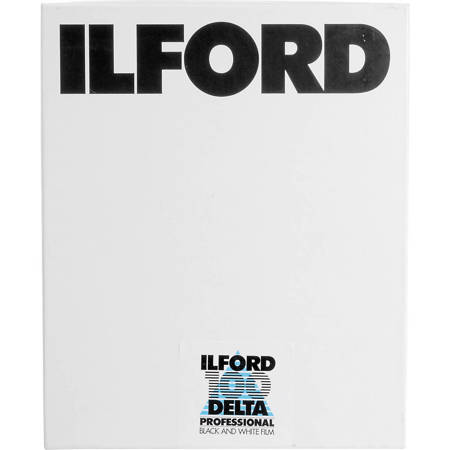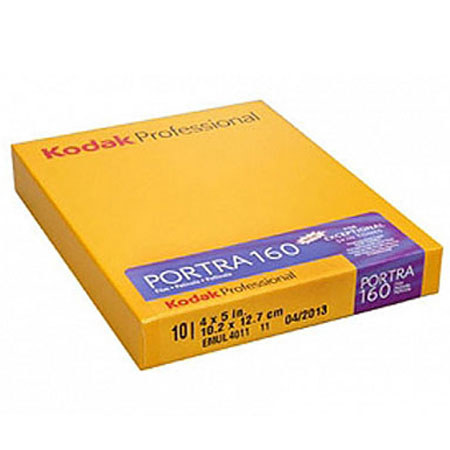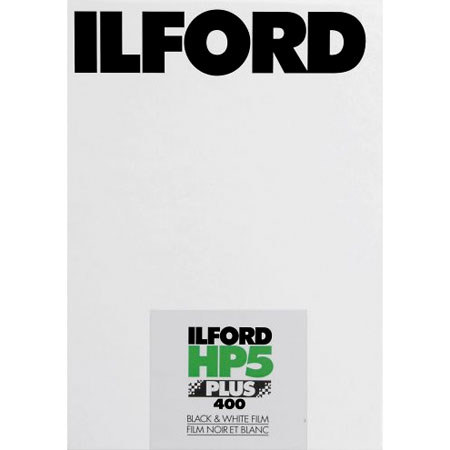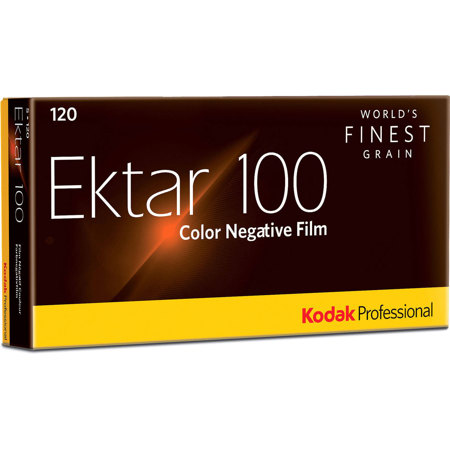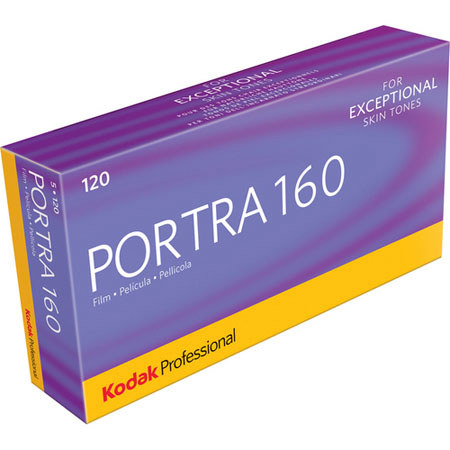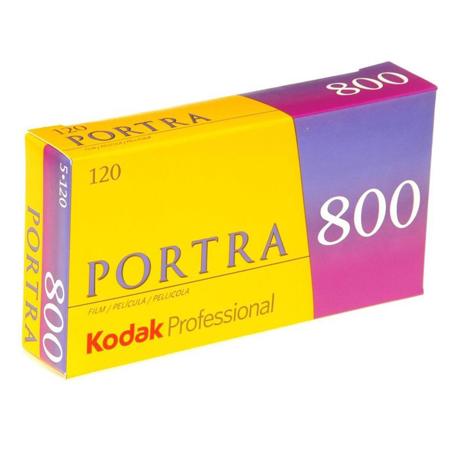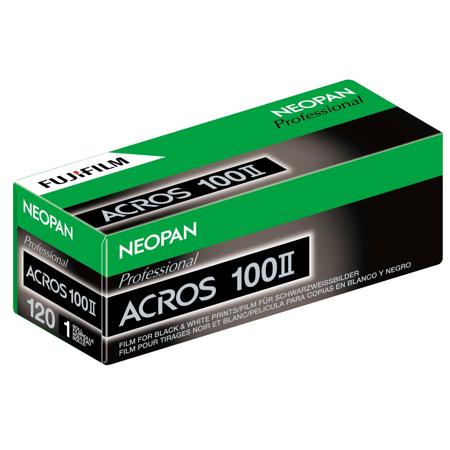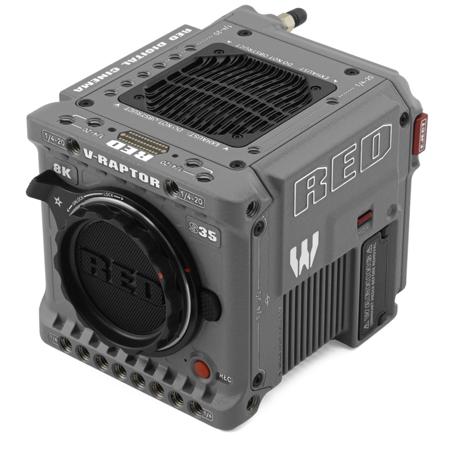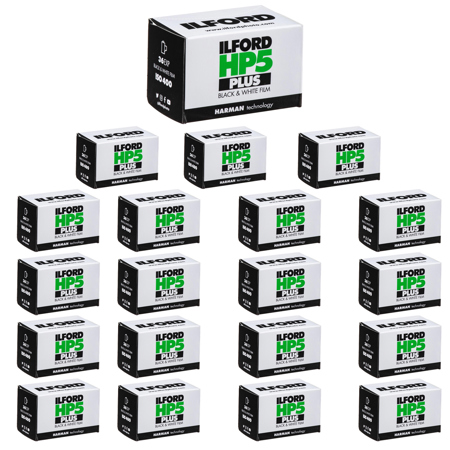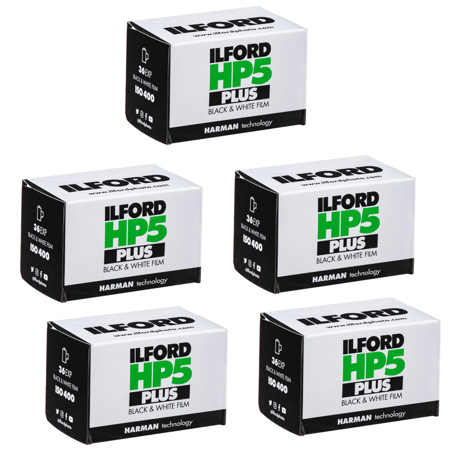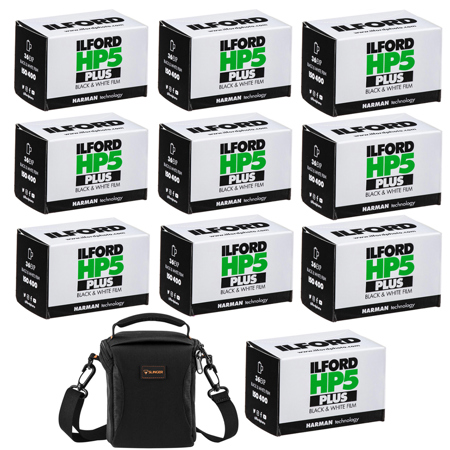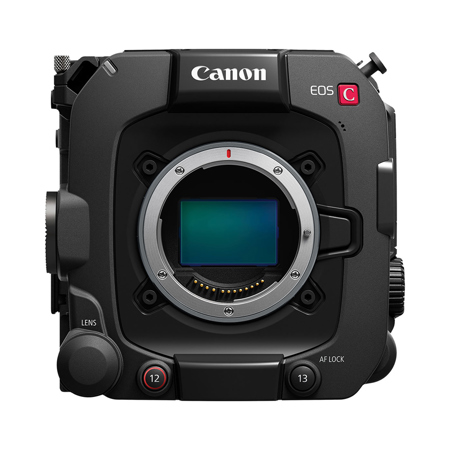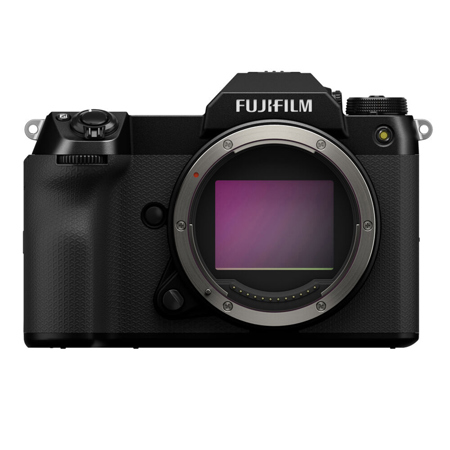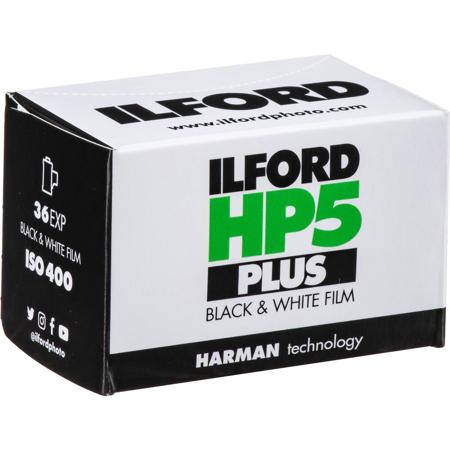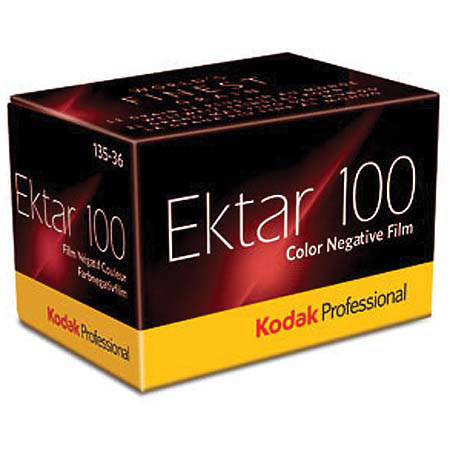Large Format Films
Large format films hold a special place in the world of photography, revered for their ability to capture astonishing detail and tonal range that simply can’t be matched by smaller formats. These films, often referred to as large format sheet film, are typically available in sizes starting at 4x5 inches and extending to 5x7, 8x10, or even larger. Each sheet is loaded individually, a ritual that slows the photographic process and encourages a more deliberate approach to image-making. The experience of working with large film format is tactile and immersive—from the careful loading of film holders in the soft glow of a darkroom, to the satisfying click of the shutter on a view camera, and the anticipation as you develop your negatives. Photographers are drawn to this format for its unparalleled image quality: the large negative area allows for massive enlargements with almost imperceptible grain and a richness in tonality that brings out subtle gradations in light and shadow. This makes large format films a favorite among landscape photographers who want to capture the intricate textures of autumn leaves or the vastness of a mountain panorama, as well as portrait artists seeking to render skin tones with lifelike depth and clarity.
The unique characteristics of large format photography extend beyond image quality. The cameras themselves enable precise control over focus and perspective through movements such as tilt, shift, swing, and rise, allowing you to correct converging lines or isolate your subject in a shallow plane of focus. This technical flexibility is particularly valued in architectural photography, where straight lines and accurate proportions are paramount, and in fine art applications, where creative control is essential. The process is undeniably more involved than shooting with roll film, requiring patience and attention to detail at every step—from composing on a ground glass under a dark cloth, to carefully metering light and handling each sheet of film. For many, this slower pace is a virtue, fostering a deeper connection to the craft and the subject. Large format sheet film is also a thoughtful gift for experienced photographers looking to expand their creative horizons, or for students in advanced photography programs who are ready to explore the discipline and rewards of working with non-regular large-format sheet systems. This time of year, as the light softens and the landscape transforms, there’s something magical about capturing the changing season on wide‑format print film, preserving the crispness of October air or the glow of golden hour in exquisite detail.
When selecting large format films, consider factors such as film speed (ISO), color versus black and white, and the desired final output. Lower ISO films are perfect for controlled lighting or outdoor scenes with abundant light, delivering the finest grain and sharpest images. Higher ISO options offer more flexibility in varying conditions, while still maintaining impressive image quality thanks to the generous negative size. Black and white large format film remains a classic choice for its timeless look and broad latitude in development, while color emulsions are prized for their accurate skin tones and vibrant landscapes. Whether you plan to scan your negatives for digital printing or create traditional darkroom prints, large format film offers unmatched versatility and creative potential. For photographers who may want to explore other film formats, especially those seeking a balance between portability and image quality, medium format film is an excellent alternative—discover more options on our Medium Format Camera Film page. No matter your subject or style, large format photography invites you to slow down, observe, and truly engage with every frame, making each photograph a considered and memorable work of art.
The unique characteristics of large format photography extend beyond image quality. The cameras themselves enable precise control over focus and perspective through movements such as tilt, shift, swing, and rise, allowing you to correct converging lines or isolate your subject in a shallow plane of focus. This technical flexibility is particularly valued in architectural photography, where straight lines and accurate proportions are paramount, and in fine art applications, where creative control is essential. The process is undeniably more involved than shooting with roll film, requiring patience and attention to detail at every step—from composing on a ground glass under a dark cloth, to carefully metering light and handling each sheet of film. For many, this slower pace is a virtue, fostering a deeper connection to the craft and the subject. Large format sheet film is also a thoughtful gift for experienced photographers looking to expand their creative horizons, or for students in advanced photography programs who are ready to explore the discipline and rewards of working with non-regular large-format sheet systems. This time of year, as the light softens and the landscape transforms, there’s something magical about capturing the changing season on wide‑format print film, preserving the crispness of October air or the glow of golden hour in exquisite detail.
When selecting large format films, consider factors such as film speed (ISO), color versus black and white, and the desired final output. Lower ISO films are perfect for controlled lighting or outdoor scenes with abundant light, delivering the finest grain and sharpest images. Higher ISO options offer more flexibility in varying conditions, while still maintaining impressive image quality thanks to the generous negative size. Black and white large format film remains a classic choice for its timeless look and broad latitude in development, while color emulsions are prized for their accurate skin tones and vibrant landscapes. Whether you plan to scan your negatives for digital printing or create traditional darkroom prints, large format film offers unmatched versatility and creative potential. For photographers who may want to explore other film formats, especially those seeking a balance between portability and image quality, medium format film is an excellent alternative—discover more options on our Medium Format Camera Film page. No matter your subject or style, large format photography invites you to slow down, observe, and truly engage with every frame, making each photograph a considered and memorable work of art.

